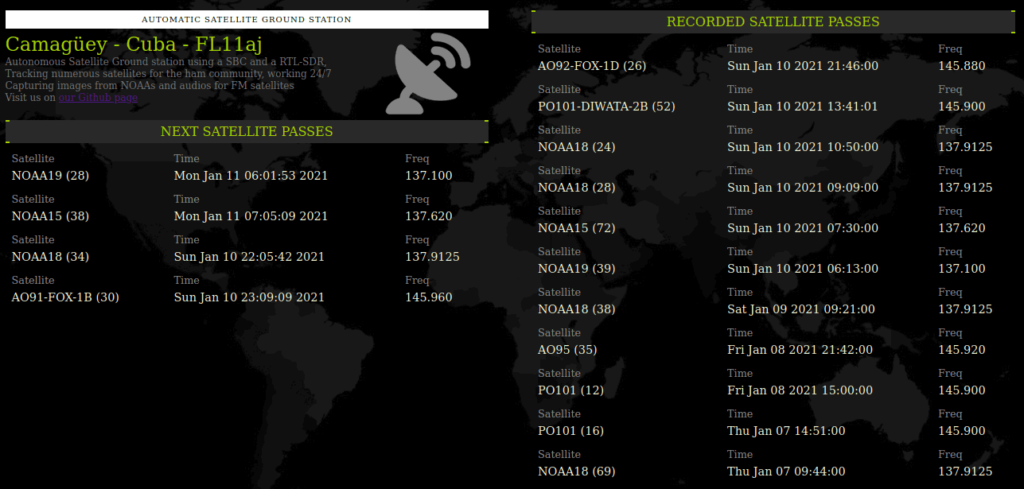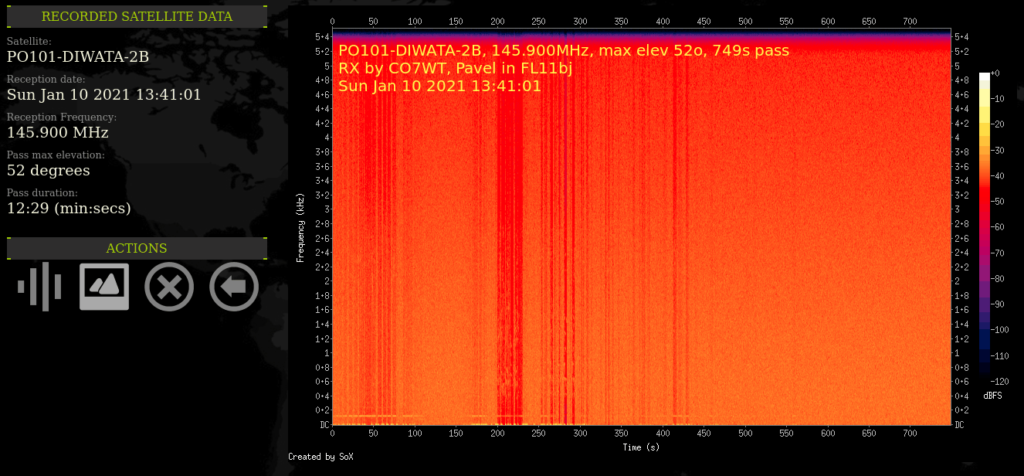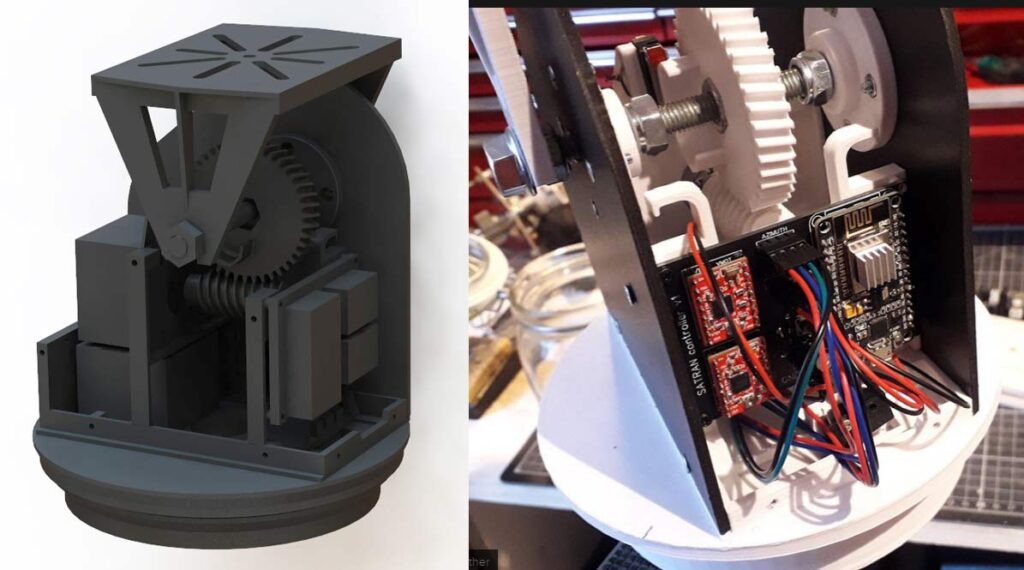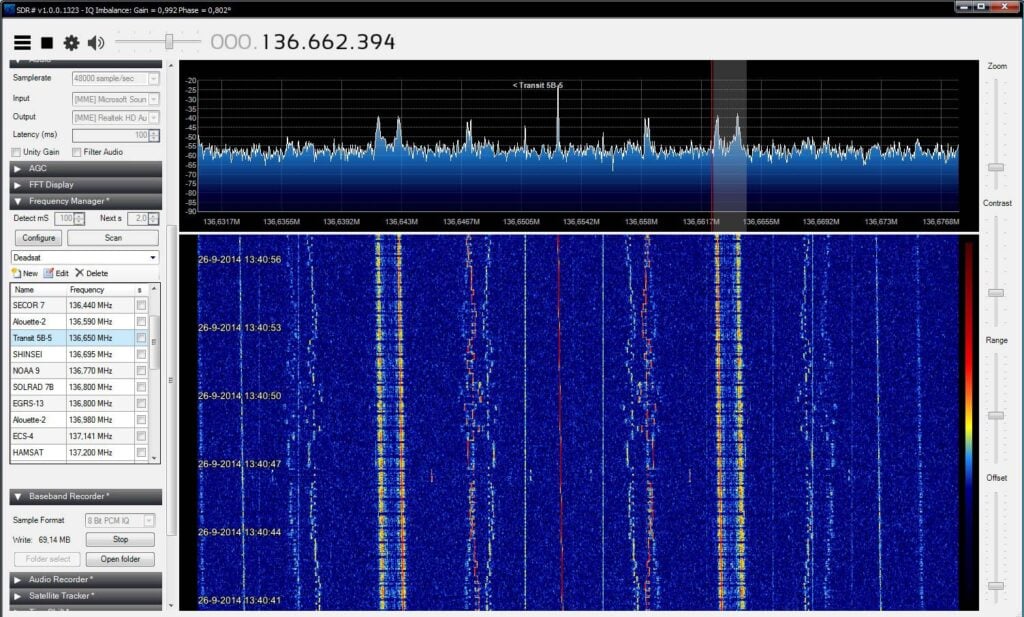FAASGS: A Setup to Build a Fully Automatic Amateur and APT Weather Satellite Ground Station
Over on GitHub stdevPavelmc has released his software called FAASGS (Fully Automatic Amateur Satellite Ground Station). FAASGS is an open source program that allows RTL-SDR users to set up a satellite ground station that tunes, record and generate images for NOAA APT weather satellites, as well as records FM amateur radio satellites. The software runs on a single board computer such as a Raspberry Pi, however in the authors own setup he uses an Orange Pi Prime board. The features include:
- Web interface to see the next passes, the recorded ones, and details for it.
- Receive any satellite in FM mode (SSB is possible but no there is doppler control yet, so no SSB by now)
- Record the satellite pass and keep the audio for later.
- APT WX audio is preserved in wav format and 22050 hz of sampling (the format wximage needs to work with)
- FM audio satellites is preserved in .mp3 mode but with high quality settings, and other tricks.
- The spectrogram of the audio is embedded as album art (see below).
- The pass data and receiving station are stored in the mp3 tags.
- Automatic decode APT images from WX sats (NOAA 15, 18 and 19)
- For the voice FM sats we craft a spectrogram and embedd the metadata of the pass on the image





